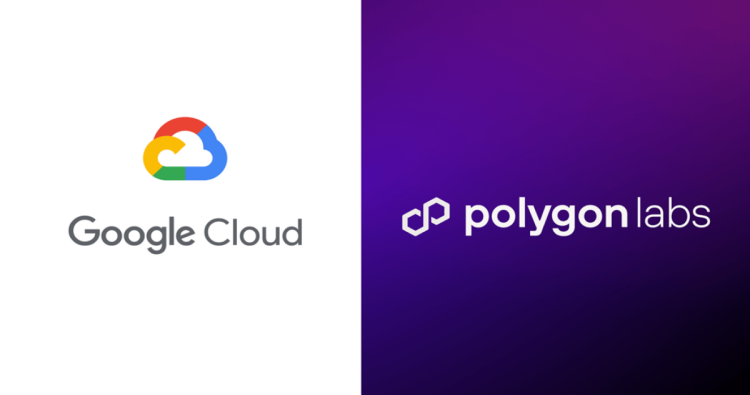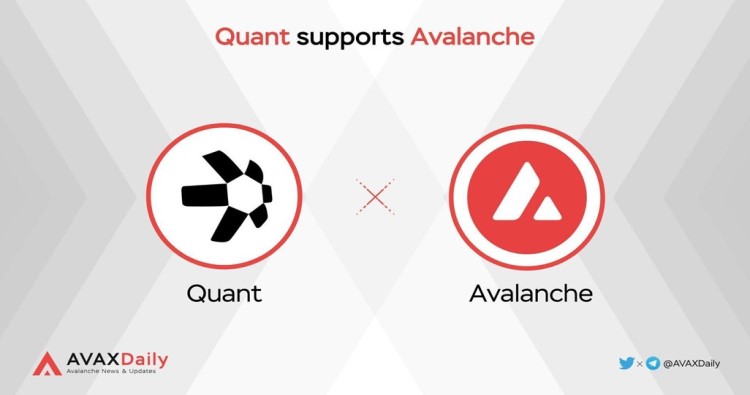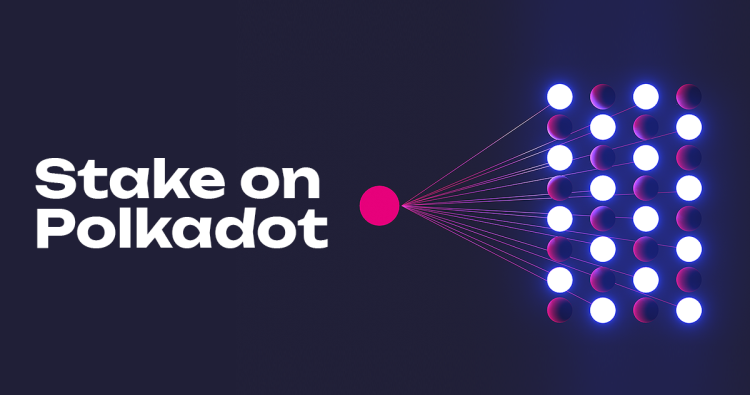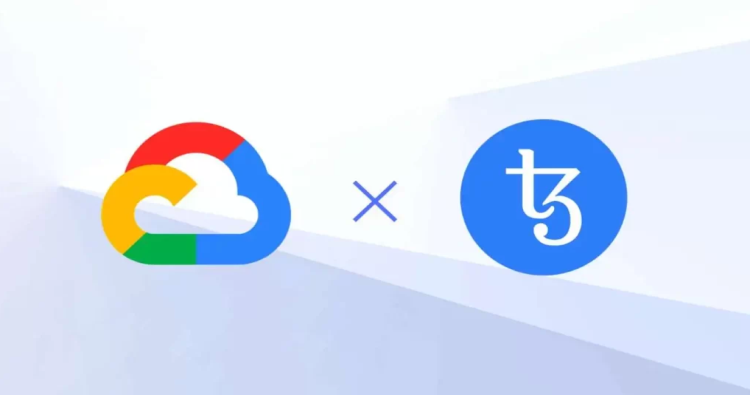
Helium Network Migration on Solana blockchain
The developers of the Helium blockchain recently completed an upgrade to the entire blockchain, migrating the Helium Network and its associated assets to the Solana blockchain, marking one of the largest L1 migrations in the history of the crypto industry.
Helium’s network was a pioneer in wireless networks powered by people, with almost a million deployed hotspots running on its proprietary Proof-of-Coverage solution. This move to Solana brings increased utility to the network by providing faster, cheaper transactions and new smart contract possibilities, all while excising the cumbersome L1 blockchain.

Upgrade to premium
Last year, the Helium community decided that a new architecture would be required for its L1 blockchain in order to continue scaling. Core developers were spending excessive amounts of time maintaining the Helium blockchain, as two fundamental network elements: Proof-of-Coverage and reliable data transfer activity - had become demanding for the blockchain.
Helium is the world's largest LoRaWAN network, providing decentralized wireless access through its hotspots. The network has coverage in 192 countries and full wireless coverage in many major cities around the world. Recently, Helium joined the Solana network, enabling the use of new tools such as smart contracts, DeFi, and NFTs, and further developing other decentralized projects. The Helium upgrade to Solana will allow for better-focused, funded, and scalable decentralized physical infrastructure projects.
All Helium hotspots have been transferred to the Solana blockchain as NFTs. Thanks to recent state compression regarding NFTs on the Solana blockchain, it was possible to transfer all 900,000 hotspots to NFTs for only 5.3 SOL (1 SOL - 21.14 USD).
Impact
This implementation of the L1 blockchain across the Solana ecosystem will help with future growth and acquisition of new users. The influx of new developers from the Helium community will aid in the faster and more stable development of the entire Solana ecosystem. If Helium succeeds on the Solana blockchain, further implementation of projects that want to integrate their infrastructure into the blockchain can be expected.

Solana blockchain is fast and cheap but not very reliable. It has had its problems with smooth system operation and occasional halting of the entire blockchain in the past. If this were to happen again in the future, Helium Network customers may not be very satisfied with the service they are paying for.
On the other hand, if the Helium Network and Solana blockchain integration opens the door for new and interesting use-cases for both ecosystems, a possibility that further incentivizes growth… then this may be a best-case scenario for both, and these ecosystems may yet be something to keep an eye on.
Ondřej Tittl
Previous

Next


.webp)







































.jpg)












































